Continuing the agenda of the 9th Session of the 15th National Assembly , on the morning of May 8th, the National Assembly heard the Presentation and the Verification Report on the draft Law amending and supplementing a number of articles of the Law on the Organization of People's Courts.
Proposal to increase the number of Supreme People's Court judges.
Presenting the report, Chief Justice of the Supreme People's Court Le Minh Tri stated that the draft Law amending and supplementing regulations on the organization of the court system aims to terminate the operation of the High People's Court and the District People's Court; establish regional People's Courts; and transform specialized first-instance People's Courts into specialized courts within the regional People's Courts.
Chief Justice of the Supreme People's Court Le Minh Tri. (Photo: DUY LINH)
Accordingly, the organizational model of the court system includes: the Supreme People's Court; the People's Courts of provinces and centrally-administered cities; and the People's Courts of regions (amending Article 4 of the Law on Organization of People's Courts in 2024).
Regarding the composition of the National Council for the Selection and Supervision of Judges, the draft Law adds the following members to the Council: one head of a unit under the Supreme People's Court who is a People's Court Judge; one Chief Judge of the Supreme People's Court of Appeal; and one Chief Justice of a provincial-level People's Court appointed by the Chief Justice of the Supreme People's Court, replacing the three Chief Justices of the High People's Courts as stipulated in point d, clause 1, Article 40 of the current Law.
Regarding the duties, powers, and organizational structure of the People's Courts, Chief Justice Le Minh Tri clarified that, based on the three-level court system model, the draft Law amending and supplementing the regulations on the duties, powers, and organizational structure of the Courts is as follows:
For the Supreme People's Court, the additional tasks and powers include reviewing criminal cases where judgments and decisions of provincial-level People's Courts that have not yet become legally effective are appealed or challenged.
The organizational structure of the Supreme People's Court is supplemented with provisions to include Supreme People's Court Appellate Courts, and the Standing Committee of the National Assembly is tasked with defining the territorial jurisdiction of these Supreme People's Court Appellate Courts upon the proposal of the Chief Justice of the Supreme People's Court.
Increase the number of Supreme People's Court judges from 13-17 to 23-27 to ensure sufficient human resources to promptly and effectively handle the increased volume of supervisory and retrial work transferred from the High People's Courts, in order to meet the targets and requirements of the National Assembly.
"Due to adjustments in the number of Supreme People's Court judges, it is necessary to amend and supplement the provisions of Clause 3, Article 96 of the current Law to increase the number of Supreme People's Court judges selected and appointed from sources outside the court system, and to ensure that no more than 3 people are appointed from sources outside the court system, thereby ensuring that the proportion of those appointed from outside the court system does not exceed 10% of the total number of Supreme People's Court judges," Chief Justice Le Minh Tri said.
For provincial and centrally-administered city People's Courts, the regulations on the first-instance trial duties of provincial-level People's Courts should be amended and supplemented to stipulate that provincial-level People's Courts shall conduct first-instance trials of criminal cases where the highest penalty is over 20 years imprisonment, life imprisonment, or the death penalty, as well as other serious and complex criminal cases.
Supplementing the duties and powers of supervisory review and retrial of judgments and decisions of regional People's Courts that have become legally effective but are subject to appeal, as prescribed by law.
Amend and supplement regulations on the organizational structure of provincial-level People's Courts to include a Judges' Committee, specialized courts, and supporting staff; at the same time, assign the Chief Justice of the Supreme People's Court the authority to decide on the establishment and define the duties and powers of the supporting staff of provincial-level People's Courts.
A view of the meeting hall on the morning of May 8th. (Photo: DUY LINH)
For regional People's Courts, the People's Courts of districts, towns, cities within provinces, and cities within centrally-governed cities will be restructured into regional People's Courts.
Amend and supplement regulations on the organizational structure of regional People's Courts, stipulating that regional People's Courts include specialized courts such as: Criminal Court, Civil Court, Administrative Court, Economic Court, and Family and Juvenile Court.
The regulations stipulate that some regional People's Courts will have Bankruptcy Courts and Intellectual Property Courts, with the territorial jurisdiction of these specialized courts determined by the Standing Committee of the National Assembly. The Supreme People's Court plans to establish three Bankruptcy Courts in three regional People's Courts in Hanoi, Da Nang, and Ho Chi Minh City; and two Intellectual Property Courts in two regional People's Courts in Hanoi and Ho Chi Minh City.
According to Chief Justice Le Minh Tri, establishing specialized courts for bankruptcy and intellectual property in some regional people's courts in major provinces and cities that are economic and financial centers of the country is necessary to improve the quality of resolving and adjudicating these types of cases; at the same time, to realize commitments and affirm Vietnam's determination to seriously enforce intellectual property rights, improve the investment and business environment, and strongly attract foreign investment to the international community. The establishment of these specialized courts for bankruptcy and intellectual property does not create additional administrative layers, increase staffing, or require additional office space.
Clarifying the criteria and conditions for establishing Bankruptcy Courts and Intellectual Property Courts.
The verification report presented by the Chairman of the Committee on Law and Justice, Hoang Thanh Tung, clearly stated that the Committee approved the regulations on the organization of the People's Courts, including the Supreme People's Court, provincial-level People's Courts, and regional People's Courts (military courts remain as per current law); and the termination of the High People's Court and district-level People's Courts.
The review body also approved the establishment of Appellate Courts of the Supreme People's Court to carry out the newly assigned task of reviewing appeals against criminal judgments and decisions of provincial-level People's Courts that have not yet become legally effective. It is expected that officials and judges within the sector (mainly from high-level People's Courts) will be transferred to work at the Appellate Courts.
"According to a review of judicial practice, if the proposal to add tasks and powers to the Supreme People's Court is approved by the National Assembly, the Supreme People's Court will have to hear approximately 3,000 criminal appeals cases each year. To fulfill this task, the establishment of Appellate Courts under the Supreme People's Court is necessary," said Chairman Hoang Thanh Tung.
The Committee on Law and Justice basically agrees with the proposal of the submitting agency regarding the establishment of Economic Courts at regional People's Courts; Intellectual Property Courts and Bankruptcy Courts at some regional People's Courts in major provinces and cities that are economic and financial centers of the country, in order to meet the requirements of practical needs and international integration, as disputes in business, trade, intellectual property and bankruptcy resolution are increasingly common and are all difficult and complex cases requiring officials and judges with in-depth knowledge.
Chairman of the Committee on Law and Justice Hoang Thanh Tung. (Photo: DUY LINH)
In addition, some opinions suggested clarifying the criteria and conditions for establishing Bankruptcy Courts and Intellectual Property Courts in some regional People's Courts; some opinions agreed but expressed concerns about meeting the demand for highly qualified and specialized human resources to be assigned to these specialized courts.
Regarding the proposal to increase the number of Supreme People's Court judges from 13-17 (as stipulated by current law) to 23-27, the reviewing body also basically agreed to ensure sufficient personnel to carry out the tasks of reviewing and retrial cases newly transferred from the High People's Court, ensuring the quality and timeliness of the trials.
At the same time, we agree to amend and supplement the regulations on the conditions for expanding the pool of candidates for appointment as Supreme People's Court judges in special cases decided by competent authorities. Accordingly, the proposed candidates must currently be Supreme People's Court judges, have at least 5 years of experience as heads of specialized professional departments at the Supreme People's Court, and the number of people proposed for appointment under this regulation shall not exceed 10% of the total number of Supreme People's Court judges.
According to the reviewing agency, this regulation is necessary to build a team of Supreme People's Court judges who are highly skilled in their profession, possess strong political acumen, moral character, professional responsibility, impartiality, and professionalism to meet the requirements of the new situation as outlined in Resolution 27-NQ/TW.
According to nhandan.vn
Source: https://baobackan.vn/ket-thuc-hoat-dong-cua-toa-an-nhan-dan-cap-cao-va-toa-an-nhan-dan-cap-huyen-post70654.html


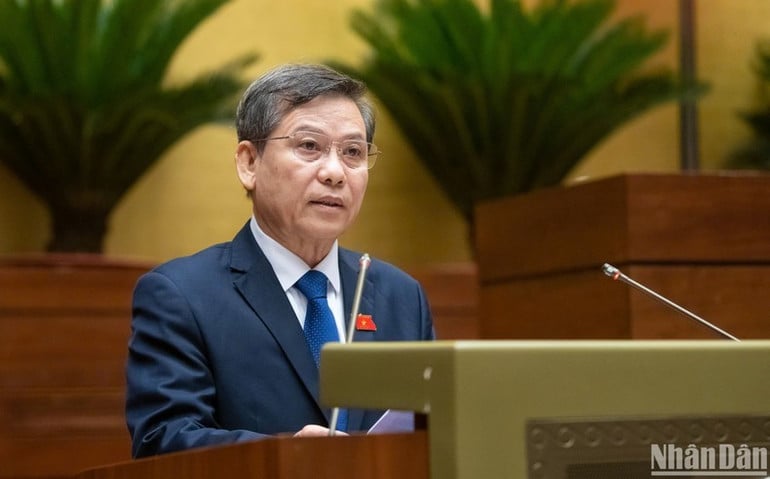
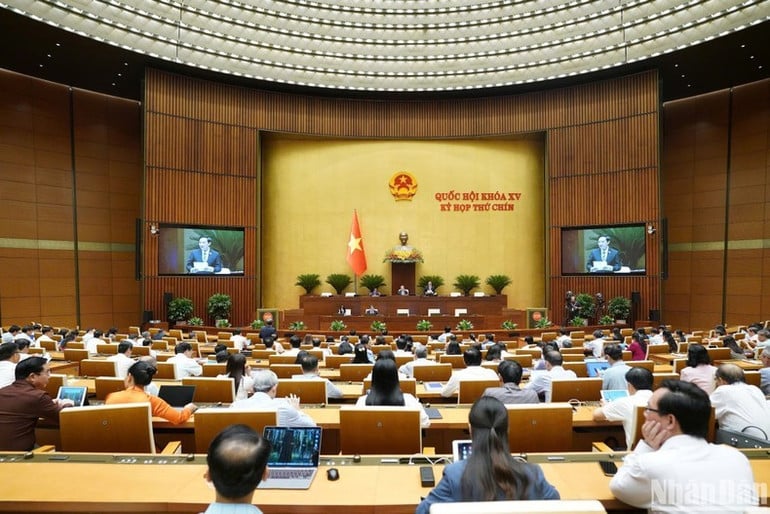
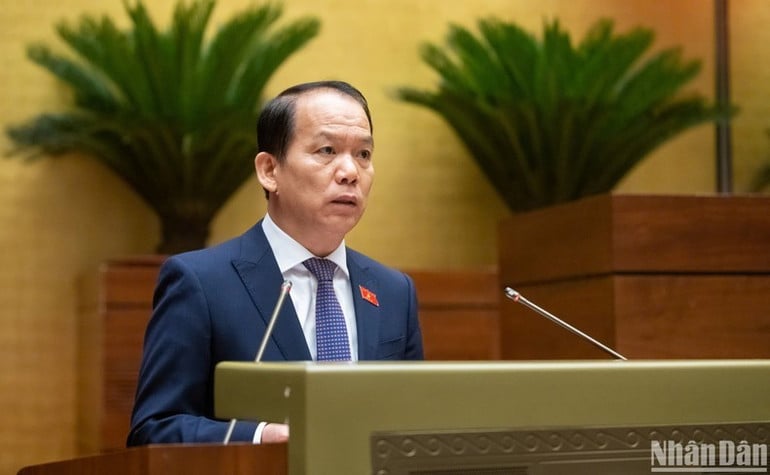





![[Photo] Prime Minister Pham Minh Chinh presides over a meeting on private sector economic development.](/_next/image?url=https%3A%2F%2Fvphoto.vietnam.vn%2Fthumb%2F1200x675%2Fvietnam%2Fresource%2FIMAGE%2F2025%2F12%2F20%2F1766237501876_thiet-ke-chua-co-ten-40-png.webp&w=3840&q=75)










![[Infographic] Controlling rabies in pet dogs and cats](https://vphoto.vietnam.vn/thumb/402x226/vietnam/resource/IMAGE/2025/12/21/1766288809667_infographic-kiem-soat-benh-dai-tren-dan-cho-meo-nuoi20251221091138.webp)






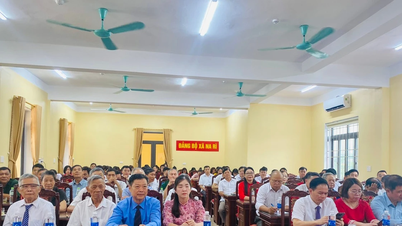
![[Update] Announcement Ceremony for the Merger of Provincial and Commune-Level Administrative Units in Thai Nguyen and Bac Kan Provinces](https://vphoto.vietnam.vn/thumb/402x226/vietnam/resource/IMAGE/2025/6/30/0de85cb56da843d897e30016b57b1412)
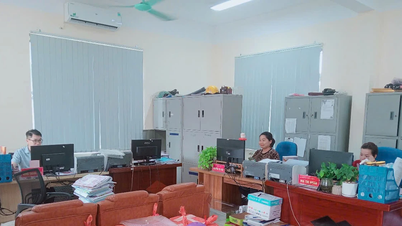
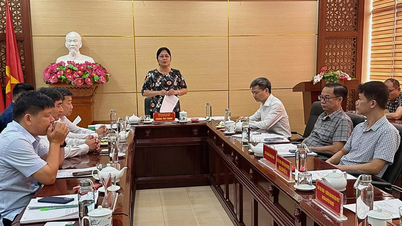
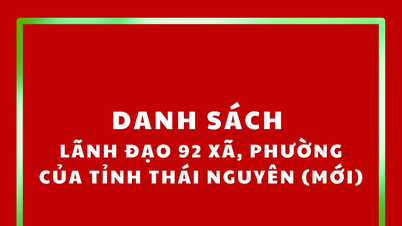









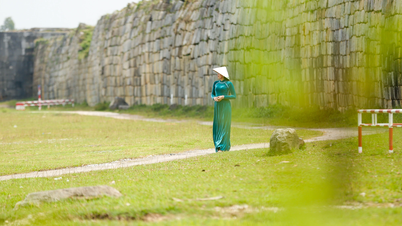


























































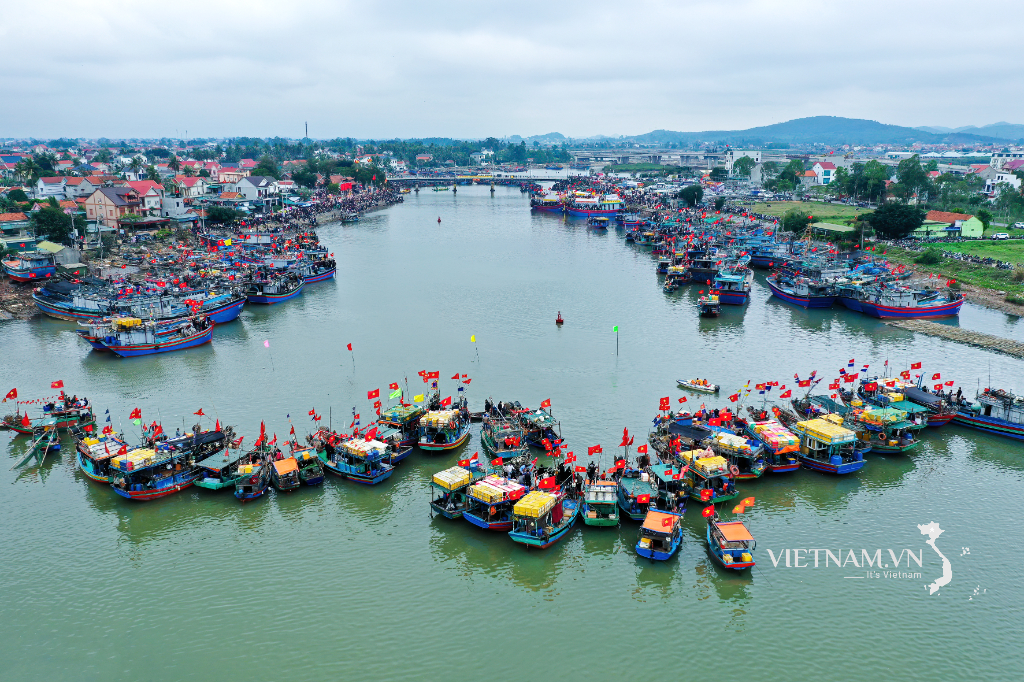

Comment (0)